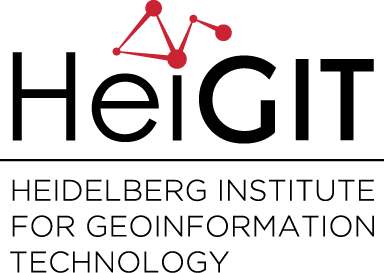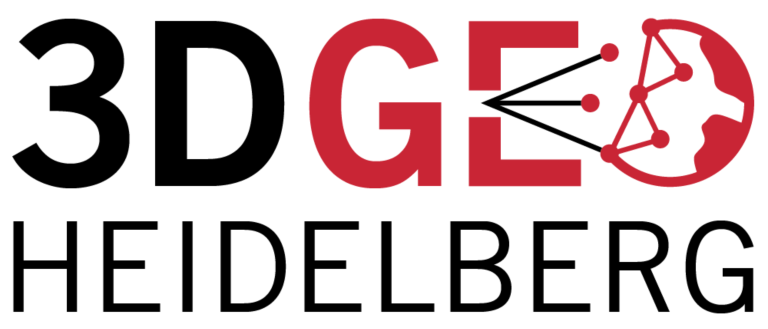Category: Publications
-
Ohsome for Street Network Analysis and Disaster Activation Monitoring
Disaster mapping activations that are supported by many volunteers with various levels of experience raise questions related to the quality of the provided Volunteered Geographic Information. Learning about the data quality that can be expected in a disaster activation helps to evaluate the quality and fitness for purpose of the OSM data. At the ISCRAM…
-
Identifying the Effects of Mobility Domains on Volunteered Geographical Information: Towards an Analytical Approach
The production of Volunteered Geographic Information (VGI) is a type of human behavior which emerges via direct and indirect interactions with the physical environments described by these data. The nature of these interactions and the extent to which they rely on physical presence in the mapped area may affect the quality of the resulting digital…
-
Associating OpenStreetMap tags to CORINE land-cover classes using text and semantic similarity measures
With the aim of rapidly estimating the updated state of the CORINE land-cover map at the frequency with which the OpenStreetMap (OSM) dataset is edited and extended, we propose an approach for automatically associating widely used OSM tags to Level 1 and Level 2 CORINE land-cover classes. This association is probabilistic and is undertaken based…
-
A taxonomy of quality assessment methods for volunteered and crowdsourced geographic information
The growing use of crowdsourced geographic information (CGI) has prompted the employment of several methods for assessing information quality, which are aimed at addressing concerns on the lack of quality of the information provided by non‐experts. In a recently published work, we propose a taxonomy of methods for assessing the quality of CGI when no…
-
Deadline Extended to April 23: VGI-ALIVE Workshop @AGILE 2018
The Deadline for submitting short papers to the VGI-ALIVE Workshop at AGILE 2018 has been extended to 23 April 2018! This is your chance to submit another contribution to this exiting workshop in Lund, Sweden. Submission format is a workshop short paper (2000 to 3000-word manuscript). Authors of accepted workshop papers will be invited to…
-
Let’s meet at SOTM 2018 :: Paper on OSM History Analytics Accepted in Academic Track
A paper for the Academic Track of the State of the Map Conference, Milan, has been accepted. We are looking forward to discuss with you following aspects: A growing number of studies analyzes OSM data, its contributors, usage, and quality. Such studies were mostly limited to analyzing either small samples of the OSM database or…
-
Towards Using the Potential of OpenStreetMap History for Disaster Activation Monitoring
Over the last years, the growing OpenStreetMap (OSM) database repeatedly proved its potential for various use cases, including disaster management. Disaster mapping activations show increasing contributions, but oftentimes raise questions related to the quality of the provided Volunteered Geographic Information (VGI). In order to better monitor and understand OSM mapping and data quality, HeiGIT developed…
-
GESIS Top Publication 2017
One of our recent publications (Bluemke, Resch, Lechner, Westerholt and Kolb 2017) was elected the “top publication 2017” for the research field of “research data management” at the Leibniz Institute for the Social Sciences (GESIS). The paper discusses methodological challenges common to both survey research and GIScience, and is expected to serve as the starting…
-
3D micro-mapping: Towards assessing the quality of crowdsourcing to support 3D point cloud analysis
Crowdsourcing has been widely applied to extract information from 2D geodata sources such as satellite imagery. In this new study published in the ISPRS Journal of Photogrammetry and Remote Sensing we apply this technique to the growing field of 3D point cloud analysis. This work has been conducted in our 3D-MAPP Project which was funded…


